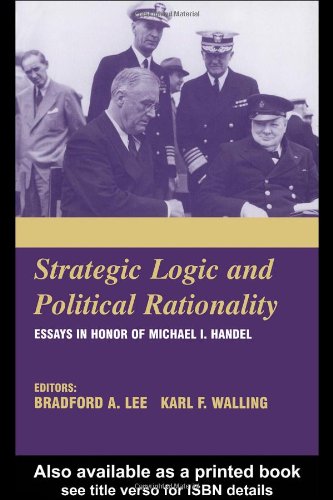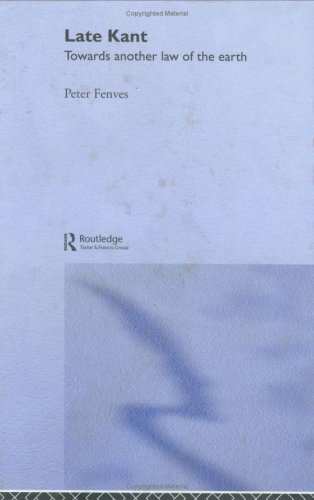- 2 402 202 книги
- Поиск
libcats.org











The scaled boundary finite element method
John P. WolfA novel computational procedure called the scaled boundaryfinite-element method is described which combines the advantages ofthe finite-element and boundary-element methods: Of thefinite-element method that no fundamental solution is required andthus expanding the scope of application, for instance to anisotropicmaterial without an increase in complexity and that singularintegrals are avoided and that symmetry of the results isautomatically satisfied. Of the boundary-element method that thespatial dimension is reduced by one as only the boundary isdiscretized with surface finite elements, reducing the datapreparation and computational efforts, that the boundary conditionsat infinity are satisfied exactly and that no approximation otherthan that of the surface finite elements on the boundary isintroduced. In addition, the scaled boundary finite-element methodpresents appealing features of its own: an analytical solution insidethe domain is achieved, permitting for instance accurate stressintensity factors to be determined directly and no spatialdiscretization of certain free and fixed boundaries and interfacesbetween different materials is required. In addition, the scaledboundary finite-element method combines the advantages of theanalytical and numerical approaches. In the directions parallel tothe boundary, where the behaviour is, in general, smooth, theweighted-residual approximation of finite elements applies, leadingto convergence in the finite-element sense. In the third (radial)direction, the procedure is analytical, permitting e.g.stress-intensity factors to be determined directly based on theirdefinition or the boundary conditions at infinity to be satisfiedexactly. In a nutshell, the scaled boundary finite-element method isa semi-analytical fundamental-solution-less boundary-element methodbased on finite elements. The best of both worlds is achieved in twoways: with respect to the analytical and numerical methods and withrespect to the finite-element and boundary-element methods within thenumerical procedures. The book serves two goals: Part I is anelementary text, without any prerequisites, a primer, but which usinga simple model problem still covers all aspects of the method andPart II presents a detailed derivation of the general case ofstatics, elastodynamics and diffusion.
Популярные книги за неделю:

Проектирование и строительство. Дом, квартира, сад
Автор: Петер Нойферт, Автор: Людвиг Нефф
Размер книги: 20.83 Mb

Система упражнений по развитию способностей человека (Практическое пособие)
Автор: Петров Аркадий НаумовичКатегория: Путь к себе
Размер книги: 818 Kb

Сотворение мира (3-х томник)
Автор: Петров Аркадий НаумовичКатегория: Путь к себе
Размер книги: 817 Kb

Радиолюбительские схемы на ИС типа 555
Автор: Трейстер Р.Категория: Электротехника и связь
Размер книги: 13.64 Mb
Только что пользователи скачали эти книги:

Applied Cryptography and Network Security, 3 conf., ACNS 2005
Автор: John Ioannidis, Автор: Angelos KeromytisКатегория: Cs_Computer science, CsLn_Lecture notes
Размер книги: 4.65 Mb

Справочник слесаря по контрольно-измерительным приборам
Автор: Гресько А.А., Автор: Долгая Л.А.Категория: Справочники
Размер книги: 2.87 Mb

Strategic Logic and Political Rationality: Essays in Honor of Michael I. Handel
Автор: Bradford LeeКатегория: Математика, Математическая логика
Размер книги: 2.23 Mb

Late Kant: Towards Another Law of the Earth
Автор: Peter FenvesКатегория: Геология
Размер книги: 1.91 Mb

Discipleship and Family Ties in Mark and Matthew (Society for New Testament Studies Monograph Series)
Автор: Stephen C. BartonКатегория: Образование
Размер книги: 6.45 Mb

Logics in artificial intelligence : 13th European conference, JELIA 2012, Toulouse, France, September 26-28, 2012 : proceedings
Автор: Luis Fariñas del Cerro; Andreas Herzig; Jérôme MenginКатегория: Cs_Computer science, CsLn_Lecture notes
Размер книги: 6.88 Mb

Illustrated Catalogue of a Portion of the Collections Made During the Field Season of
Автор: Holmes William HКатегория: fiction
Размер книги: 1.33 Mb




